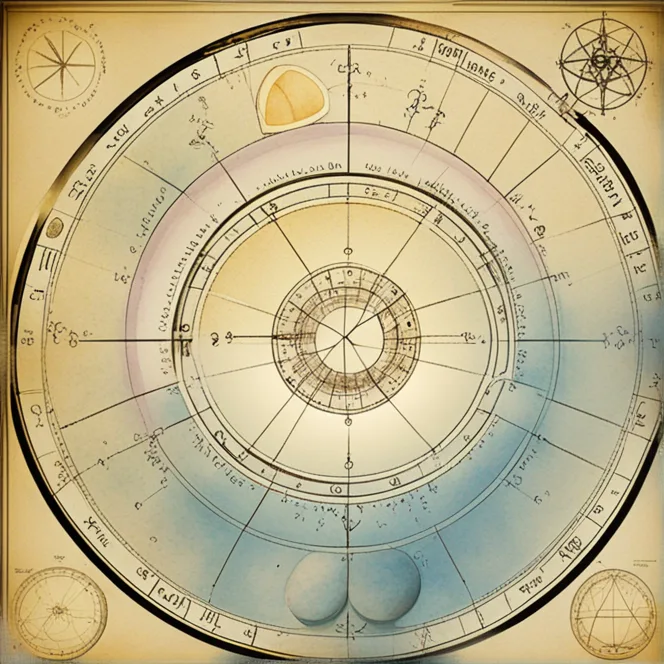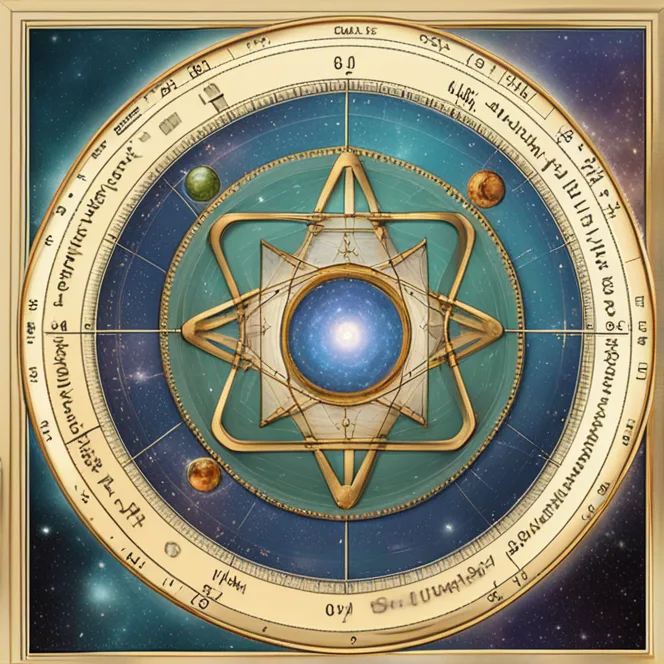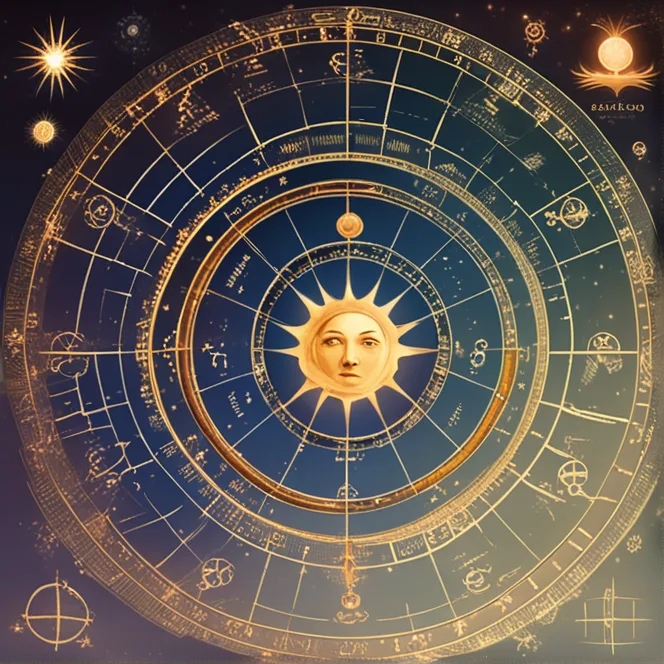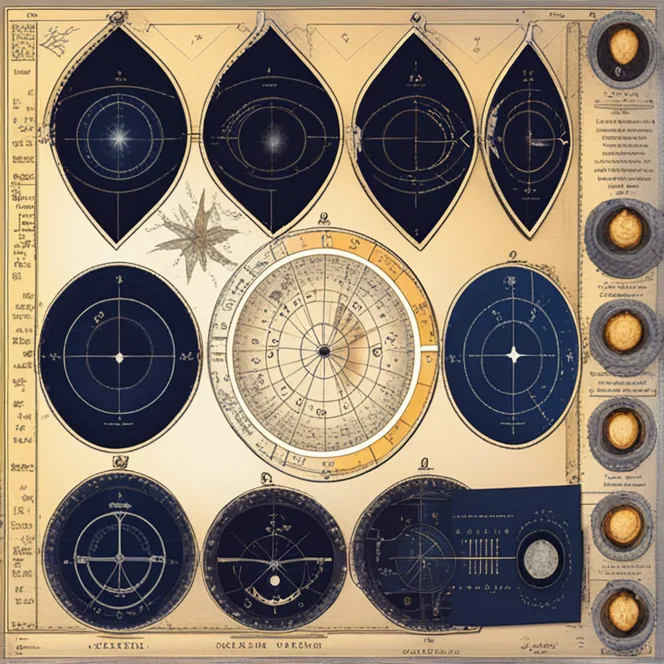
The Intricacies Of Natal Chart Aspects Explained
Explore the profound insights of natal chart aspects and learn how they reveal the intricate dynamics of your astrological profile.
article by Priya Deshmukh
The Foundation of Natal Charts
Astrology offers a celestial roadmap to our personalities, potential, and life patterns. At the core of this ancient practice lies the natal chart — a snapshot of the sky at the exact moment of one's birth. This chart is a personalized diagram detailing the positions of the planets, the Sun, and the Moon, as well as the astrological houses and zodiac signs they inhabit. The art of interpreting the natal chart is paramount to understand how these celestial bodies influence an individual's character, life events, and relationships. Diving into natal chart aspects allows us to uncover the unique interactions between these celestial entities, shedding light on their harmonious or challenging influences.
What Are Aspects?
Aspects are significant angles formed between planets, points, or sensitive angles in the natal chart, such as the Ascendant or Midheaven. These angles reveal how the planets communicate and influence one another, adding layers of complexity to the individual's astrological makeup. The most common aspects are conjunctions, sextiles, squares, trines, and oppositions, each with its own set of meanings and potential effects. By examining aspects, astrologers interpret the flow of energy within the chart, decoding how this energy manifests in personality traits, talents, and life experiences.

Conjunctions: Unity and Intensity
Conjunctions occur when two planets are within a tight orb of each other, usually up to 8 degrees apart. This aspect symbolizes unity, blending the qualities of the involved planets. Conjunctions can indicate a point of strength or focus in the chart, but they can also lead to an overemphasis on the energies of the combined planets. For example, a conjunction between the Sun and Mercury may enhance communication skills, but it can also present challenges in subjective thinking due to the powerful influence of the self (Sun) on the mind (Mercury).

Sextiles: Opportunities and Ease
Sextiles form when planets are approximately 60 degrees apart, offering ease of expression and harmonious interactions. This aspect fosters collaboration and opens doors to opportunities, typically manifesting in talents and skills easily accessible to the individual. With a sextile, the energies of the associated planets work well together, supporting growth and creativity. An example of this could be a sextile between Venus and Mars, which may facilitate a natural ability to balance assertiveness with diplomacy.

Squares: Challenges and Growth
Squares represent a demanding 90-degree angle between planets, indicating tension, conflict, and a push for action. This aspect can create internal struggle, but it's also a catalyst for growth and development. The friction generated by squares often compels individuals to overcome trials, leading to strength and resilience. As an example, a square between the Moon and Saturn might reflect emotional restraint or insecurity, urging the individual to work through these feelings to achieve emotional maturity.
Trines: Harmony and Flow
Trines occur at an angle of 120 degrees, signifying ease and flow of energy between the planets involved. This is considered one of the most beneficial aspects, as it indicates talent and effortless expression. Planets in a trine support each other, often resulting in innate abilities or advantageous circumstances. For instance, a trine between Jupiter and the Sun can denote a person with great optimism and generosity, someone who tends to find success in their endeavors.

Oppositions: Balance and Perspective
An opposition is a 180-degree angle that challenges us to find a balance between opposing forces. This aspect can result in a tug-of-war dynamic, prompting the need for compromise and integration of contrasting energies. In the natal chart, oppositions highlight areas where we must learn to harmonize contradictions within ourselves or in our relationships with others. For instance, the opposition between the Moon and Mars might manifest as a conflict between one's emotional needs and their drive for action, encouraging a search for middle ground.
Interpreting Aspects for Self-Discovery
Aspects in the natal chart provide invaluable insights into our personality structure and the underlying dynamics of our psyche. By understanding these influential connections, one can gain clarity about innate tendencies, recurring life themes, and potential challenges. Astrology serves not only as a tool for self-discovery but also as a guide for personal growth. Embracing the wisdom imparted by the natal chart aspects can empower us to navigate life with greater awareness and intention.
Published: 12/7/2023
Modified: 12/7/2023
More predictions
Come back here soon to learn more about yourself and your future


Birth Charts and Beyond: A Journey into Astrological Wisdom
Explore the profound insights of astrology through the lens of birth charts, revealing the celestial influences on personality and destiny.


An Exploration Of Astrological Birth Charts
Explore the intricate workings of birth charts in astrology and unlock the secrets of the stars at the time of your birth.


Discovering The Mysteries Of The Cosmos
Explore the intricacies of birth charts and understand how they provide deep insights into personality and destiny based on astrological principles.